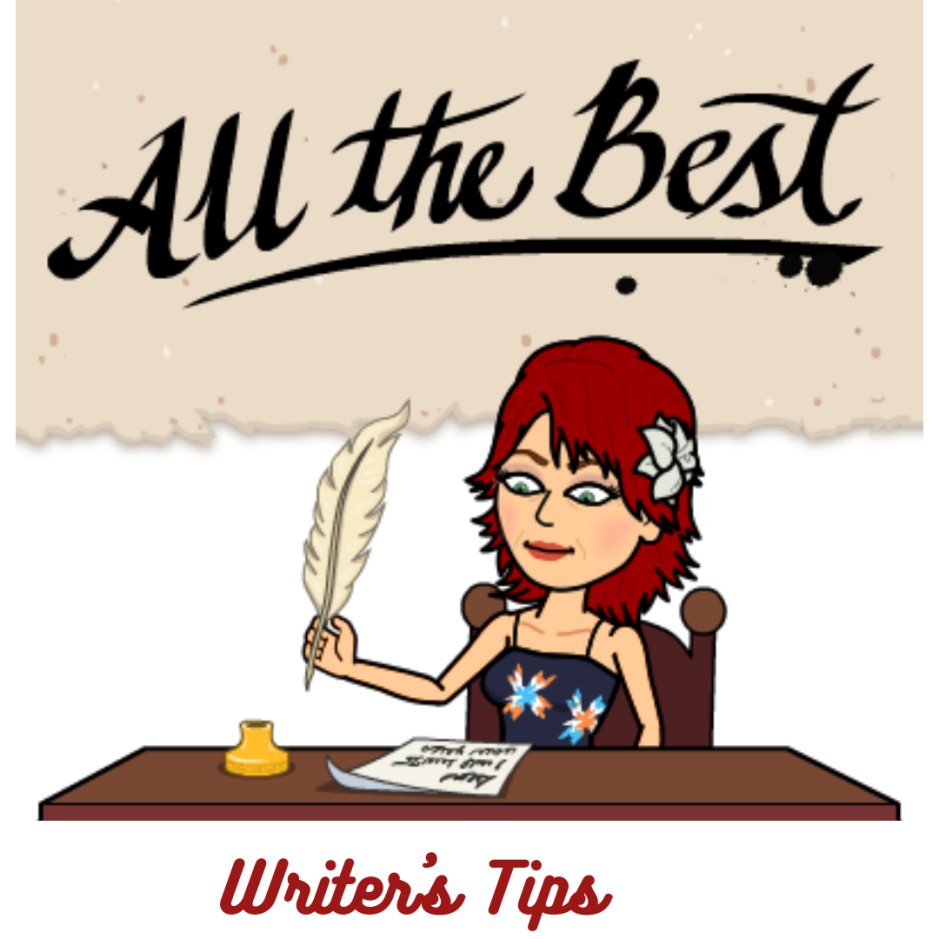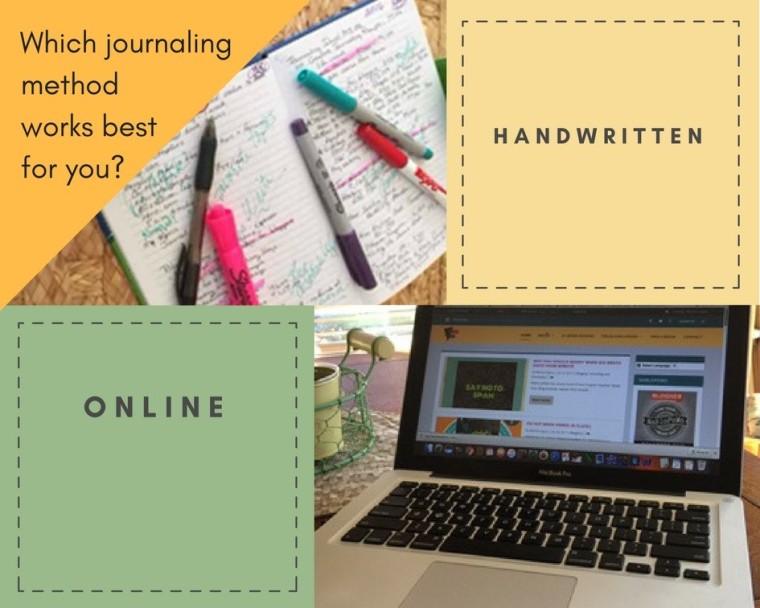
I was ecstatic when the Kindlepreneur – Dave Chesson asked me if he could guest post on my blog today. For those of you who aren’t familiar with Dave, he’s known as the Kindlepreneur. His website is a wealth of information for Indie authors where he covers everything Self-Publishing.

Hey Guys, I’m Dave and when I am not sipping tea with princesses or chasing the Boogey man out of closets, I’m a Kindlepreneur and digital marketing nut – it’s my career, hobby, and passion.
At Dave’s site you will find information on everything from writing, to book covers to great places where to promote your books. Here’s just a sampling of what you will find there:

Find out which Print On Demand Amazon platform is better: KDP Print or CreateSpace. In this in-depth analysis, we found out which one is the best. [UPDATED]…

[easy-social-share] You’d be amazed at how many websites have pirated or claim to have pirated your book. There it is…

Learn everything about creating a bestselling book cover design including book cover design tools, tips, tricks and even design services. …

Get your book to show up in front of the right market and the right time with these two international book link services both free and paid….

Check out Dave’s website for tons of great information
How Outlining Boosts Confidence
It can be tempting to sit down to a new writing project and just let the words pour out.
After all, isn’t that how it’s supposed to be? A pure, free-flowing act of creativity unstifled by any form of restraint?
At first, I believed this. I felt any form of plotting or outlining was antithetical to the purity of creation. I felt that it was somehow ‘nobler’ or ‘truer’ to write without restriction.
The trouble was, it just didn’t work! I eventually ended up stuck too many times, and had too many half-written projects just sitting on my hard drive without a hope of being finished.
I’ve since come to believe that outlining or plotting is often the right way to go. It’s massively helped my writing confidence and productivity and I’m going to share the hows and whys with you today.
Even Famous Authors Outline
One of the major stumbling blocks that held me back from outlining was the belief that it was somehow amateurish to do so. I felt that ‘real writers’ wouldn’t need an outline and therefore I shouldn’t either.
Turns out, I was simply shooting myself in the foot, and all under false pretences! Many authors that I read and admire outline their work.
For example, JK Rowling, arguably the most successful author of the modern era, outlined the Harry Potter stories meticulously. You can see her handwritten outlines here. Outlining was also used by Joseph Heller and Sylvia Plath to help produce some of their greatest work.
When you come to the realization that many of your heroes outline, it turns what can feel like a wrong way of working into a way of standing on the shoulders of giants.
So how exactly should we outline, and how does it help our work to do so?
Creative Time Travel
There are many different ways of outlining and it’s worth considering different options before settling on any one method. You can simply write a list of summaries for each key chapter or event in your work, follow a formal method such as the snowflake method which lets you expand the core idea of your work into something more complex, or challenge yourself to summarize your entire planned work in a freely written paragraph.
No matter the outlining method you use, you will end up with a big-picture view of your work, and this brings a number of benefits.
- Having a big-picture view of your work can help with the scheduling of your project. If you have an overview of what you will be writing, you can determine how much time to allocate to the project.
- Outlining allows you to perform what I think of as ‘creative time travel’. By this, I simply mean that you can zoom back and forth chronologically in your work. If you get stuck at a particular point, you can move forward or back in time, and work on a different section.
- Outlining can increase motivation. If you write without an outline, there is no clear path of progression. With an outline, you have clearly defined next steps to complete, which can increase your drive to finish them.
Outlining can also help you in ways outside of the obvious pragmatic benefits explained here. Contrary to my expectations, I’ve actually found outlining helps me to be more creative and expressive, as I’ll now explain.
A Ticket Out Of Your Comfort Zone
If you’re anything like me, you’re not short on ideas and dreams for your writing. There are a million and one things I’d love to write. The problem isn’t so much a matter of ‘what’ as it is a matter of ‘how’.
I like to think of outlines as recipes that can be followed to cook up delicious writing. You can add your own ingredients and spice things up your own way, but you have the confidence of following a proven formula that has worked for other writers.
Using the outlining methods of famous writers is almost like having a reassuring guide with you as you work. It can remove a lot of the self-doubt and hesitation that comes with trying a new style of writing without a blueprint.
If you are comfortable doing so, you can download a template for your work, and use it with your favorite writing software. My personal pick for this way of working is Scrivener. I love using Scrivener templates in order to access the structures successfully used by others.
You can also do this without any particular technological requirements. Simply find a way of outlining that sounds useful to you, and jot down the steps. As you work, follow the notes you have made. Simple, but very effective.
Outlining Final Thoughts
Hopefully you now see how outlining has helped famous writers produce their best work, how it’s helped me overcome my own creative struggles, and how it can help your own work.
In summary, outlining is a tool used by respected, successful authors, there are outlining methods to suit any taste, and outlining can be a high or low-tech affair depending on your own personal preference.
Next time you are feeling stuck or uninspired, consider outlining. It just might be the best way to let your creativity flow.
“Dave Chesson teaches advanced book marketing ideas at Kindlepreneur.com. He is passionate about helping authors find the best ways to share their work with the world.”
Cheers,
|
|
Dave Chesson
Kindle Marketing Jedi, Kindlepreneur.com |
| Check out my latest Software: http://KDPRocket.com | |
|
|
Please note this post was re-written (to the best of my ability) and re-published today, originally published Tues. Aug. 29th due to today’s crash of my computer, courtesy of WordPress. I appreciate if you would reshare as the original post’s links are now dead and will be a 404 page. So please overlook what will look like double posts for those who subscribe to my weekly notifications.















